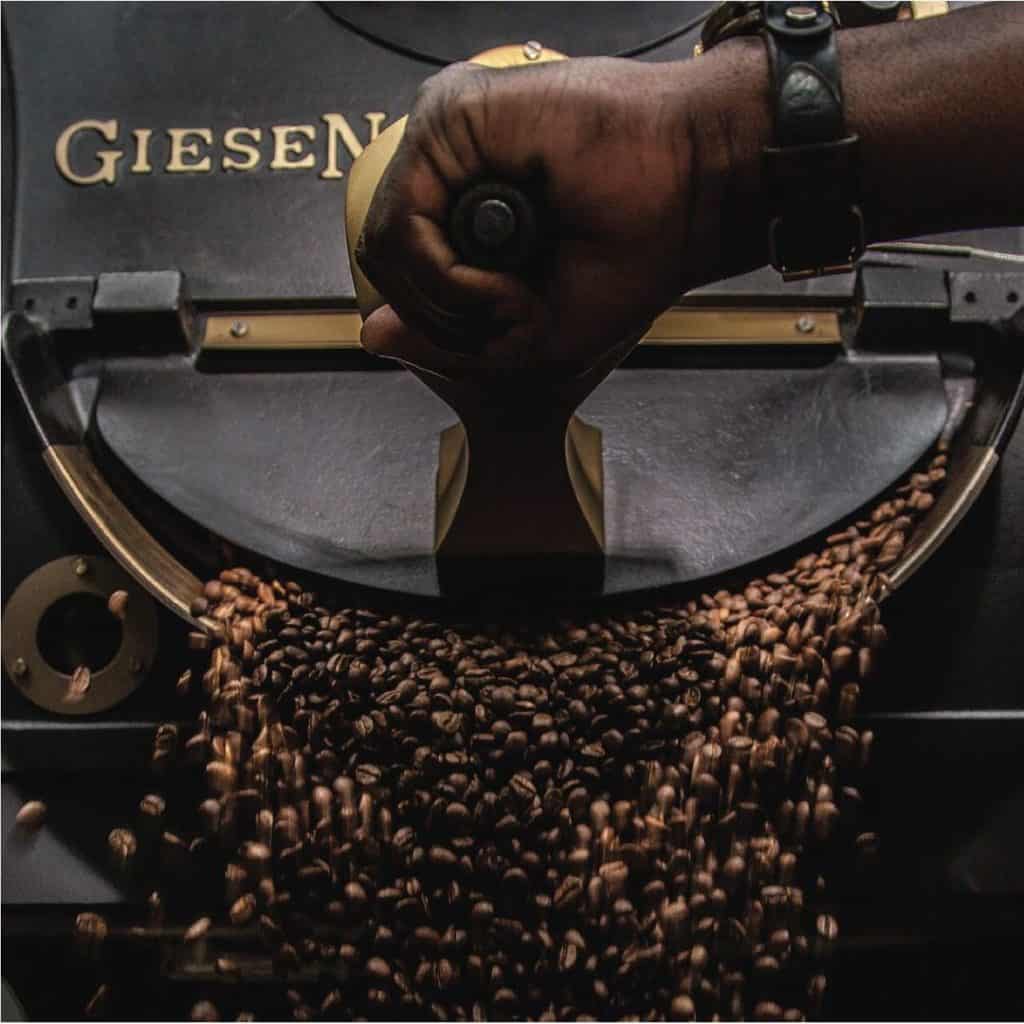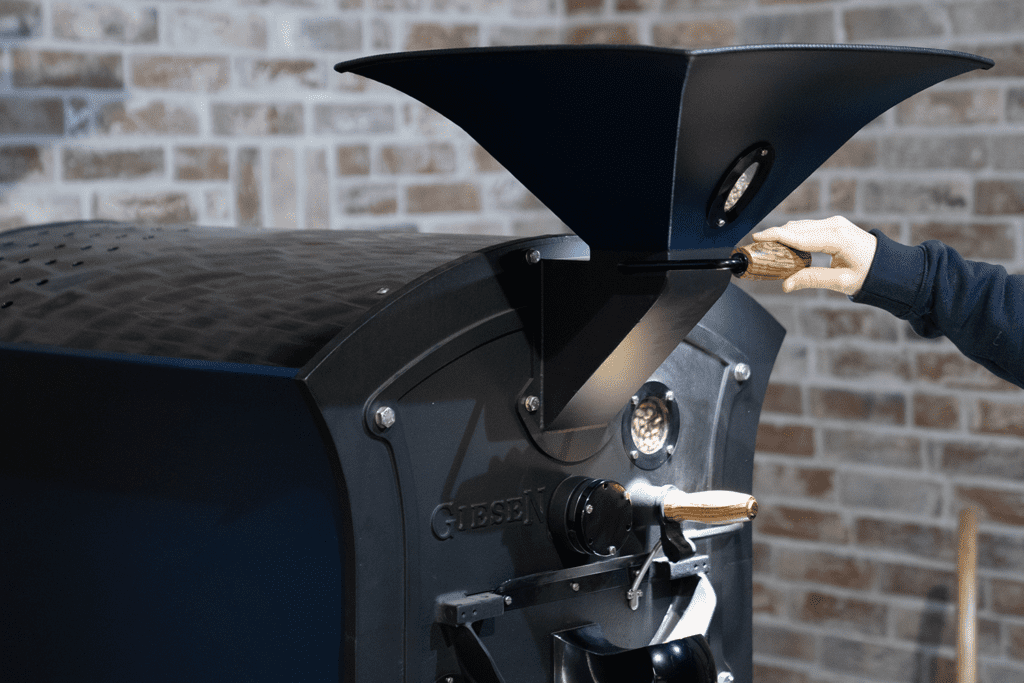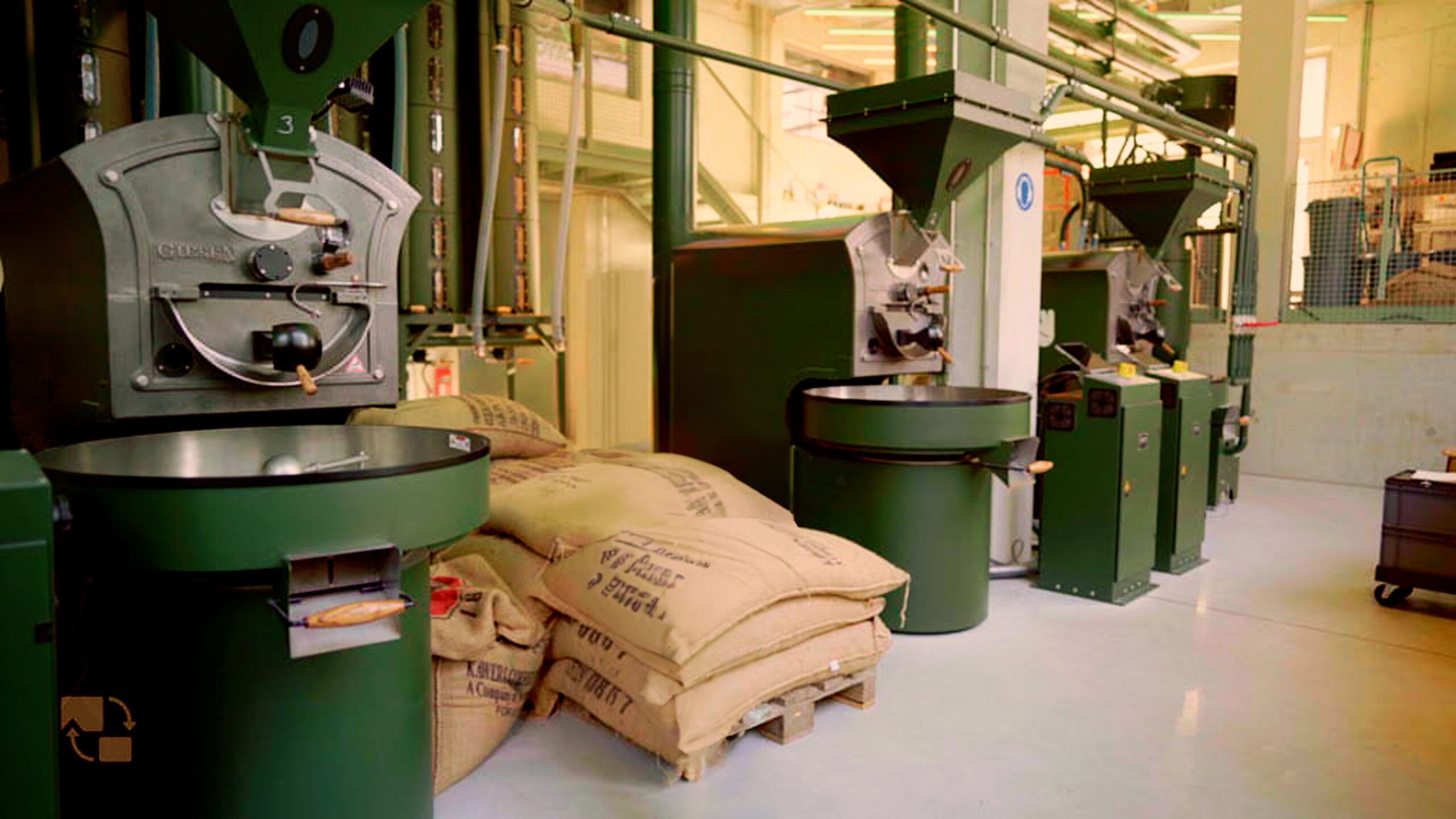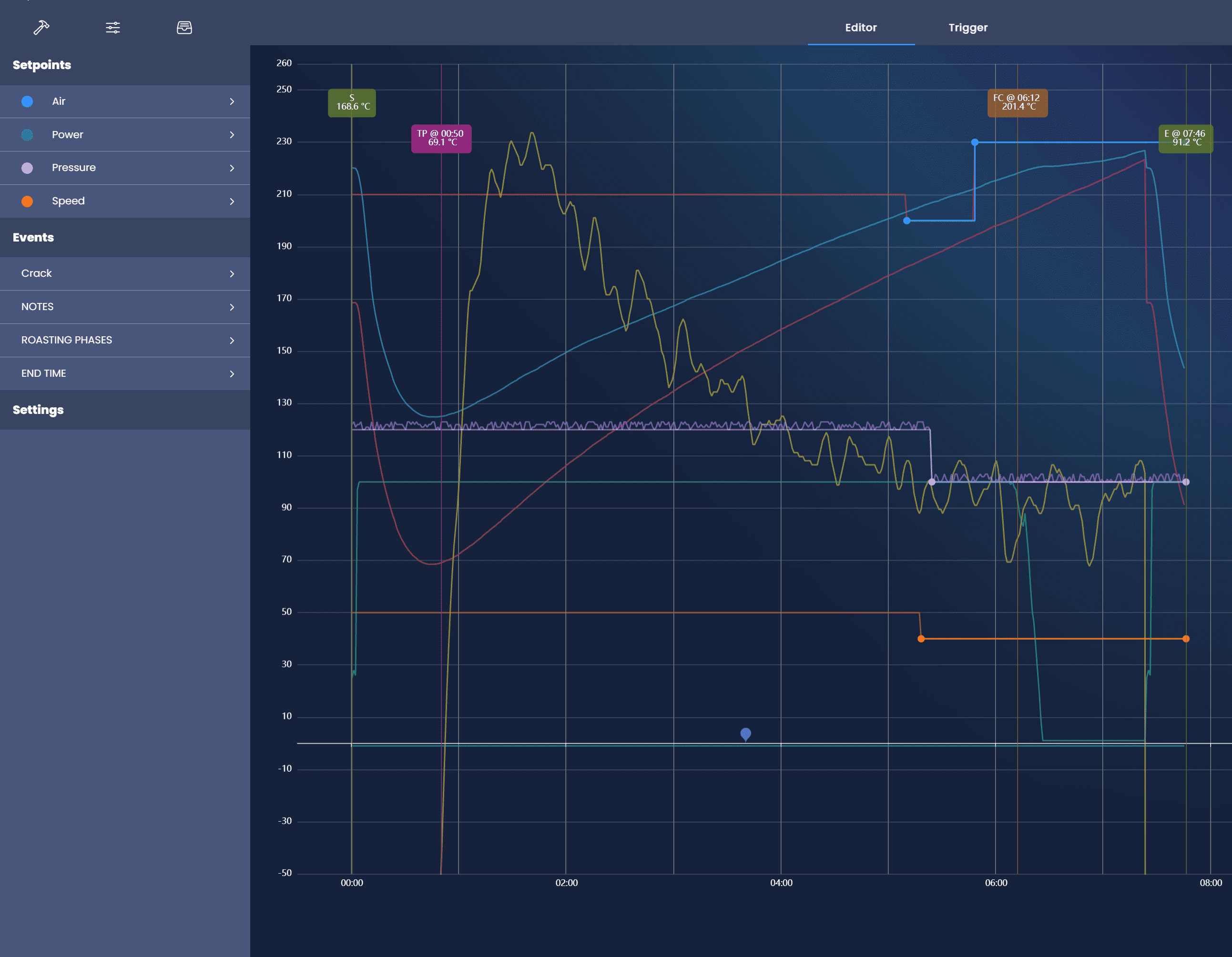The 2021 World Barista Championship which was held in Milan, Italy featured an unprecedented array of exotic coffee types. For example the revered Geisha variety and also the illustrious Eugenioides coffee beans. This unique coffee type, indigenous to Eastern African coffee countries like Rwanda, Tanzania, Uganda, Kenya, and the Democratic Republic of Congo. The last one is one of the parents of Coffee Arabica, which luckily married thousands of years ago with another well-known species, Coffee Canephora, also known as Robusta.
Eugenioides beans
The recently crowned Colombian World Barista champion Diego Campos made headlines winning the championship with the mother of Arabica, Eugenioides. Like Laurina, this variety has a lower caffeine content than any other Arabica variety. At the recent SCA expo in Dubai I had the opportunity to taste its flavor profile. Eugenioides boasts an omnipresent sweetness with a spicy twist. It was like tasting pumpkin pie with a hint of cinnamon and cardamom. Truly yummy!
My good friend Ibrahim Hamza Al Mallouhi belongs to the crème de la crème of coffee roasting companies in the Middle East. His beautiful roastery in Dubai, UAE features two precious Giesen roasting machines; a W6A and a W15A. Ibrahim is a major fan of exotic coffee types, like Geisha and the aforementioned Eugenioides. He was so kind to gift me a small quantity of the mother of Arabica for the purpose of my research. While inspecting the green coffee beans, I became intrigued by the somewhat frail appearance and softer bean density of these Eugenioides beans.
Key-parameters
While preparing the roasting profile of such beans, it is important to emphasize that roasting strategies of exotic bean types must be designed with two key-parameters in mind. First, the physical properties of the coffee beans, like density, size and -not to forget- the genetic features of the coffee. Geisha, for example, has the distinct characteristic of a more opened center cut, which will allow heat to penetrate into the beans much easier. Second, the flavor profile of the coffee and the underlying objectives for the outcome of the roasting process. In this context, the roaster operator should reflect on some basic options, like final roast color, the duration of the development time and the duration of the Maillard reactions which can modulate the sweetness and bitterness of the coffee.
Processing protocols
In regards of roasting protocols of special process coffees, like Anaerobic Natural or Maceration Washed, it is also important to realize that such processing protocols at the production stage at origin can have a profound impact on the composition of the bean at the cellular level. Quite recently, I tasted a Caturra variety from Panama which was processed using a low temperature extended anaerobic process of 32 days. Such extreme processing styles can have a dramatic impact on the porosity of the cellular walls of the coffee. Each bean can have up to 500,000 individual cells. The make-up of the cell walls will determine the rate at which water vapor and aromatic compounds can migrate through the bean during the roasting process. For this reason, I recommend maintaining at all times a controlled and more moderate heat application of such extreme anaerobic fermented coffee types. The flatter ROR (rate of rise) curve for extended fermentation coffees will also help you to soften the impact of possible acetic acids of these coffees as the moderate heat application will enhance the level of sweetness in the cup. Overall, this is a fascinating topic that we specifically feature in the roasting trials of our webinar about roasting techniques for exotic varieties and special process coffees.

Willem Boot
Willem Boot is a roasting consultant and trainer and founder of Boot Coffee Campus in San Rafael, California. He is also one of the Giesen Ambassadors. Visit www.bootcoffee.com.




